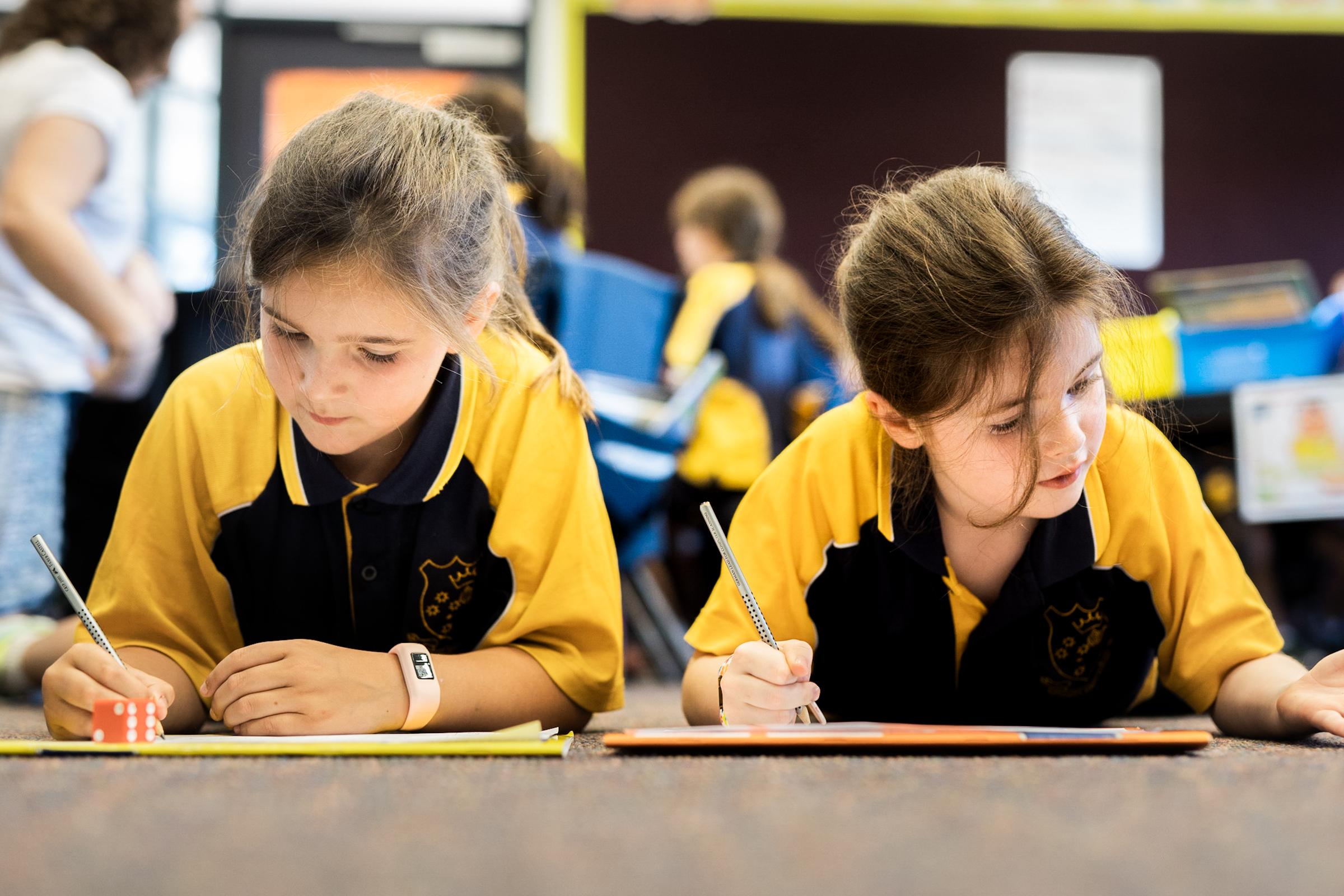
Literacy News
Learning to Write
Hopefully you had a chance to read the wonderful contributions from some of our year 3 and 4 writers on the Virtual Writer’s Wall last week.
Learning to write is a complex process that includes, but is not limited to, the following skills:
- forming letters
- understanding concepts about print, such as writing left to right and leaving spaces between words
- forming ideas about what to write
- understanding the many letter-sound relationships in English (phonics)
- knowing how to write common high frequency words
- knowing how to attempt unfamiliar words
- punctuation
- editing
- knowing how to make your writing interesting for the reader
When you look at all this, it is quite remarkable that any one learns to write! But the process is particularly fascinating to watch in the early years of school.
Children learn to write largely by trial and error, or approximating and refining. In the beginning, ‘It is expected that children will use a combination of mark making, scribbling and drawing as their earliest forms of written expression’ (education.vic.gov.au). The chart below shows how typical writers develop:
National Association for the Education of Young Children
At Our Lady’s, we encourage students to write independently from the earliest days of school. In the beginning, writing may be drawings or scribbles, but as they are introduced to letters and sounds, children begin to produce letter strings and familiar words, such as their names or words for family members, such as mum and dad.
The aim for children by the end of prep according to the Victorian Curriculum is as follows:
When writing, students use familiar words and phrases and images to convey ideas. Their writing shows evidence of letter and sound knowledge, beginning writing behaviours and experimentation with capital letters and full stops. They correctly form all upper- and lower-case letters.
In practice, this is what that looks like:
Australian Curriculum, Assessment and Reporting Authority
You can see that this child can write some familiar words correctly and has made good attempts at words such as ‘jumped’ and ‘mud'. He or she has written the first letters of Mrs Wishy Washy correctly, but as is typical of early writers, has not represented all the sounds in these words. Drawings are also an important part of the writing process at this stage.
Supporting early writers
Some children are confident to make their own attempts at writing with minimal assistance, while others may need a bit more support to get started. Here are a few tips that cater for a range of personalities and interests. Choose the ones that suit you and your child best:
- Talk about what your child wants to write so it is clear in their head before they start writing
- Guide your child to start with a drawing first and then to write about it
- Encourage students to write about topics that they are interested in
- Ask your child to identify, and perhaps write, the first sound in a word, while you write the rest of the word
- Write the difficult words for your child, but have them write the easier or more familiar words, such as the.
- Ask your child about what they have written independently and make any annotations that they ask you to
- If they are happy to, encourage your child to write their piece from beginning to end and to read it to you when they have finished
- Find something good to acknowledge in your child’s writing, whether it is how they formed a particular letter, the choice of a letter that makes the right sound, even if it is not correct (e.g. kat for cat), leaving a space between words or remembering a full stop at the end
The emphasis at this stage is not on having everything correct - there is so much to learn! Instead, we encourage students to get their ideas down on paper and express themselves, giving support for children to start using what they learn in whole class and small group sessions to build their writing skills over time.
Remote learning is certainly giving parents a much more up close view of the process of learning to write. Prep is an exciting time, because the progress from the start to the end of the year is so evident. Children continue to learn about and refine their writing skills all the way through secondary school though, which reinforces what a complex process it is.
I hope you are managing to enjoy the journey with your children!
Kind regards
Annie Facchinetti
Literacy Leader
annie.facchinetti@olhceltham.catholic.edu.au
References
Australian Curriculum, Assessment and Reporting Authority - Foundation Year Satisfactory Portfolio
https://docs.acara.edu.au/curriculum/worksamples/Foundation_Year_English_Portfolio_Satisfactory.pdf
National Association for the Education of Young Children - Promoting Preschoolers’ Emergent Writing
Victorian Department of Education and Training - Independent Reading and Writing


